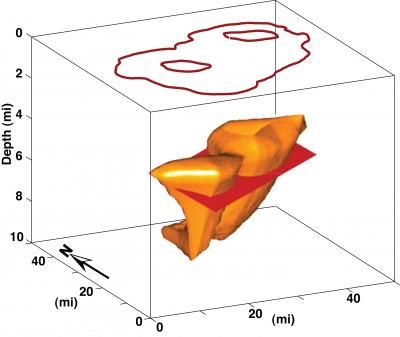Nov 19, 2007
Helphookup.com internet empowered volunteers against disasters
Posted by Brian Wang in categories: defense, existential risks, futurism, lifeboat, open access, open source, sustainability
The inspiration of Help Hookup is actually a comic book called Global Frequency by Warren Ellis. My brother, Alvin Wang, took the idea to startup weekend and they launched the idea this past weekend for hooking up volunteers. It is similar to the concepts of David Brin’s “empowered citizens” and Glenn Reynolds “an army of Davids”. The concepts are compatible with the ideas and causes of the Lifeboat foundation.
Global Frequency was a network of 1,001 people that handled the jobs that the governments did not have the will to handle. I thought that it was a great idea and it would be more powerful with 1,000,001 people or 100,000,001 people. We would have to leave out the killing that was in the comic.
Typhoons, earthquakes, and improperly funded education could all be handled. If there is a disaster, doctors could volunteer. Airlines could provide tickets. Corporations could provide supples. Trucking companies could provide transportation. Etc. State a need, meet the need. No overhead. No waste.

